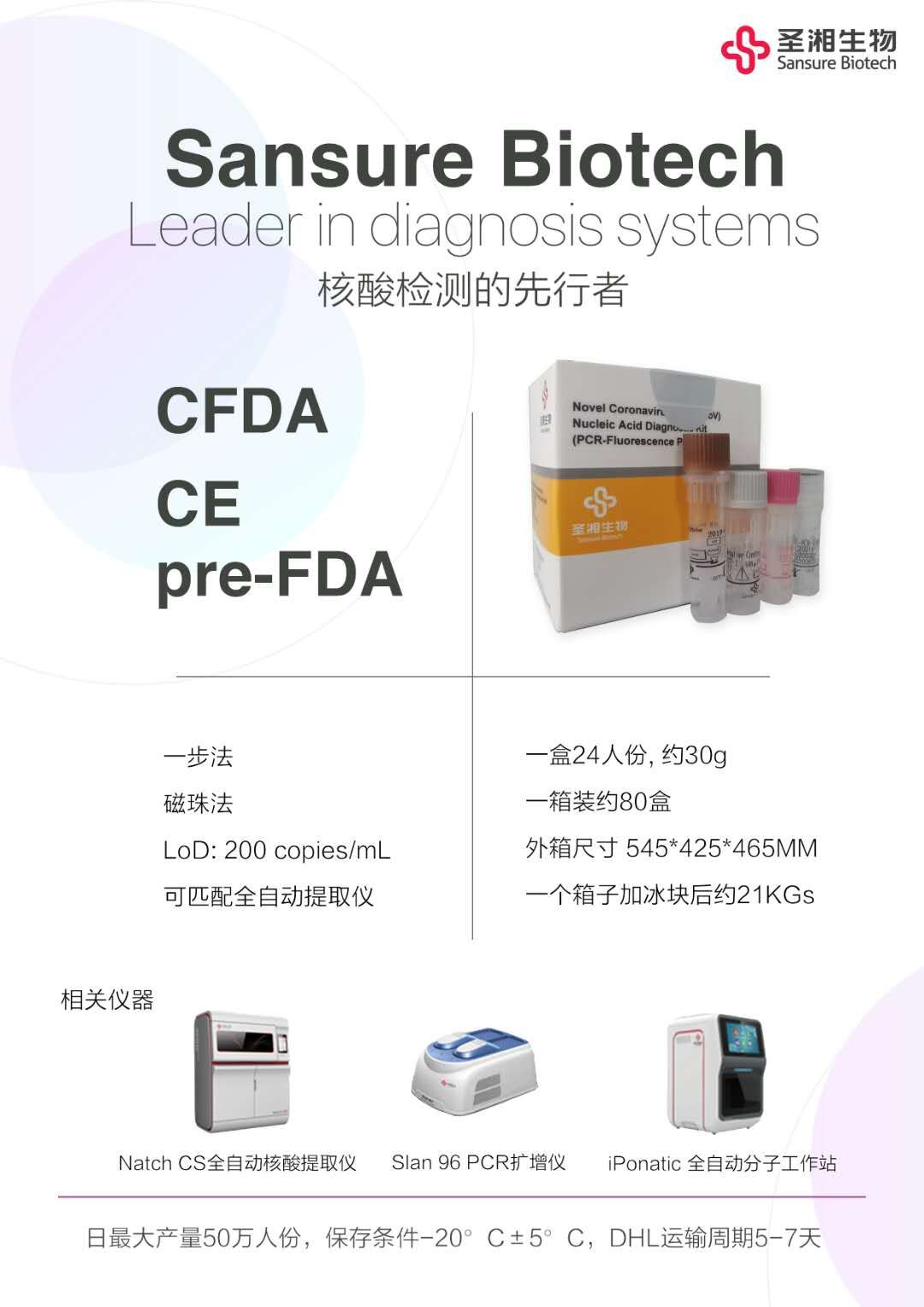The apricot has the characteristics of strong resistance, easy management, low investment and quick effect, and the almond has high nutritional value and medicinal value. The market is in short supply and the development prospect is broad. In recent years, the scale of development in northern China has been rapid. In order to better improve the yield and quality of the mountain apricot and create higher economic benefits, the following points must be mastered in cultivation and management: First, planting technical points Planting Density: The density of hillside forest is generally 110/667 square meters, and the row spacing is 2 meters and 3 meters. According to different management standards and site conditions, it can also be properly planted or sparsely planted. Planting time: Planting can be done in spring and autumn, and it can also be planted with nutritious earthworms and planted in summer or rainy season. Mountain apricot planting is relatively simple. However, when planting, it is important to pay attention to embedding and solidification. Do not grow too deep. In addition, when choosing plots, care must be taken to avoid the tuyere area, so as to avoid damage to the late-flowering apricot tree at the flowering stage and affecting the yield. Second, the management of Apricot Under the tree management: Most mountain apricots grow on steep slopes or gentle slopes. The site conditions are poor. It is difficult to deep-fall the soil. First, plow in the tree tray once, then remove the stone and use it to build the tree plate. Then fix the tree plate. The size of the tree tray should be the same as the size of the canopy, where the slope is large and the outer edge is high, and the inside is low. With the subsequent management being strengthened year by year, the tree disks should be connected and the terraces should be completed. Repairing tree trays is a key measure to preserve soil and water. As the apricots are difficult to water, water storage is even more important. Tree management: Tree management mainly includes plastic trimming and pest control. In addition to the newly planted apricot trees on the slopes, the original apricot trees should be replaced with the new ones. That is to say, we must remove the old trees whose perennial cadres have dried up and low yield, leaving saplings sprouting around them, cutting off old branches and dead branches on big trees, and promoting new branches of germination. With the strengthening of management and improvement of technology, we will do well. prune. Hollowland Replanting: For forests with large hollow areas and where the original apricot trees are sparse, it is necessary to do a good job of replanting to increase the utilization rate of forest land.
Classification of testing reagents on the market:
1. Nucleic acid detection reagents((2019-nCoV) Nucleic Acid Diagnostic Kit) are medical reagents, with high accuracy and high price. The throat takes liquid samples for testing. It takes 2 hours to produce the results. It requires professional equipment. The professionalism is high. The compliance rate is 97%. Degrees of preservation, dry ice transportation! Suitable for hospitals, government agencies!
2. Antibody Detection Reagents(COVID-19 IgM/IgGAntibody Detection Kit) are civilian detection reagents that need instrumental assistance. The accuracy is average. The blood test can produce results in 15-30 minutes. It is fast and simple, and the price is low (about 8.5 US dollars). It is shipped at room temperature! Suitable for civilian use
3. Colloidal gold,test kits(Colloidal Gold COVID-19 IgM/IgG Detection Kit), civil reagents, blood tests, pregnancy test papers, no instruments required, fast results in 5 minutes, a few minutes, 8 US dollars each! Normal temperature transportation.
Nucleic Acid Diagnostic Kit Pcr Instrument,Antibody Detection Kit,Antibody Detection Reagents,Nucleic Acid Diagnostic Kit Guangzhou Zhongzhinan Supply Chain Co.,Ltd. , https://www.gzzhongzhinan.com
Planting methods: According to the spacing requirements, first dig a good planting hole, use the topsoil to plant the roots, lift the seedlings, and push the roots to make the roots stretch. The buried soil is flush with the surface, make the basin water, fill with a layer of soil after water infiltration, Then cover one square meter of plastic film per plant. During afforestation in the autumn, the seedlings should be bent to the ground and frozen before being frozen. The seedlings are excavated in spring and covered with a thin film. 
